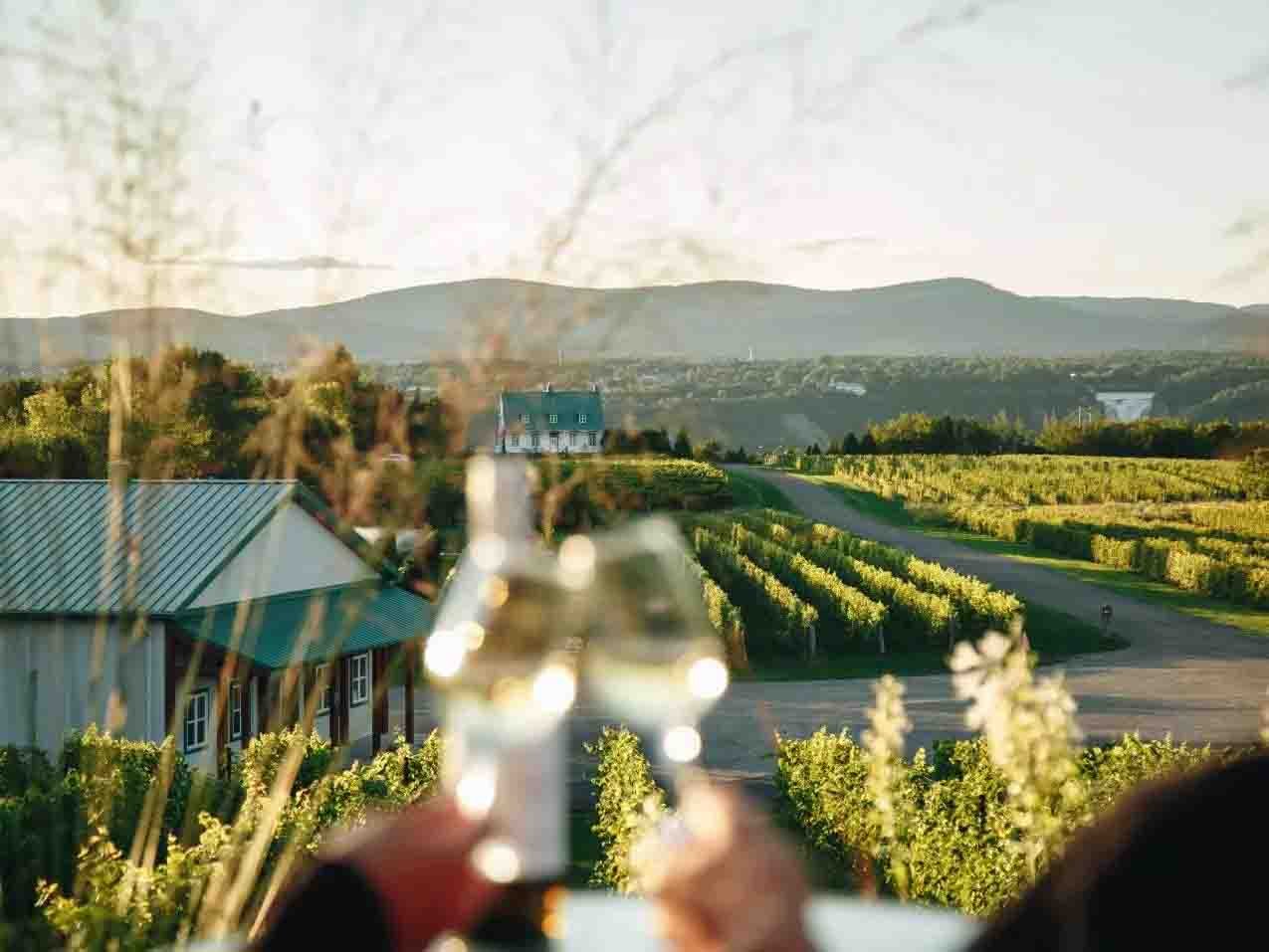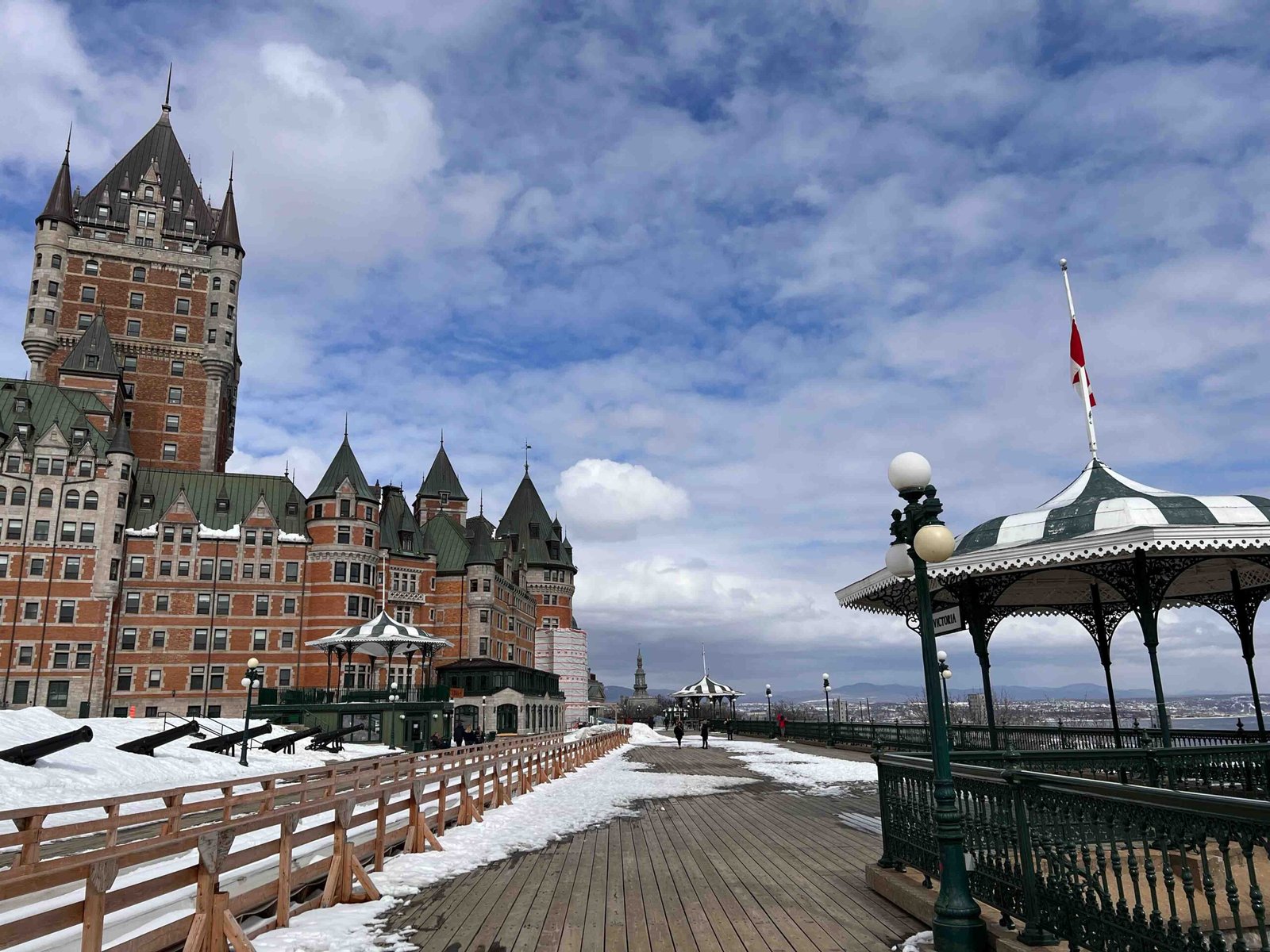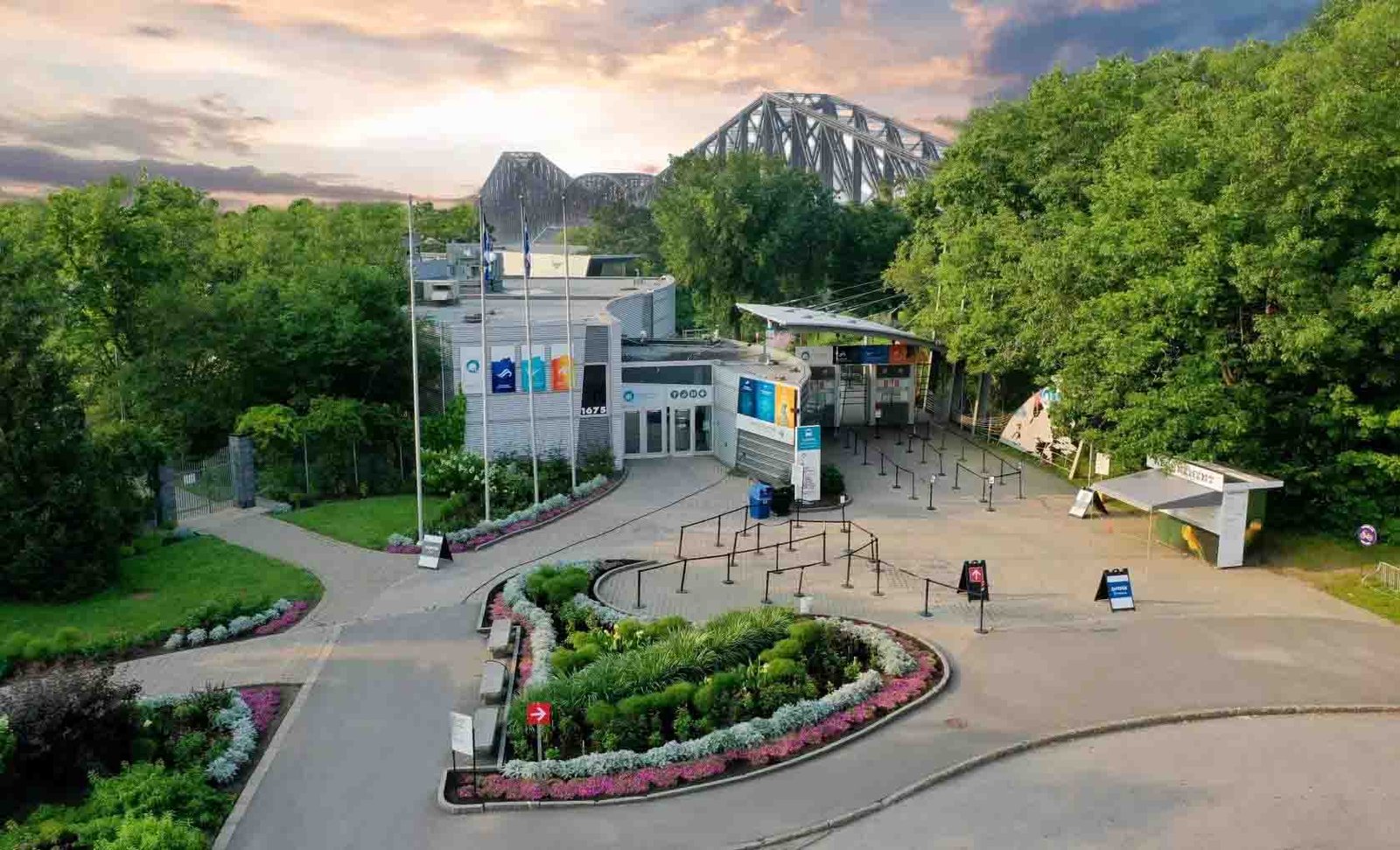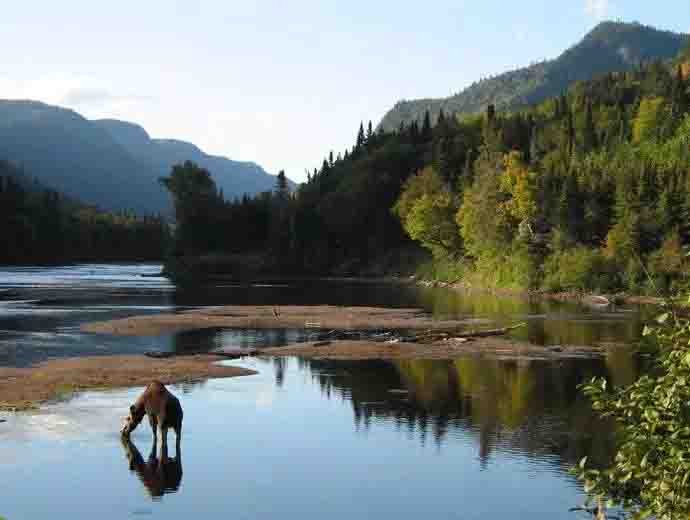Exploring Île d’Orléans: History, Nature, and Local Delights Near Québec City
Just a short drive from Québec City, Île d’Orléans offers visitors a picturesque and tranquil escape into the heart of Québec’s rural life and history. Known for its stunning landscapes, charming villages, and rich agricultural heritage, Île d’Orléans has earned the nickname “The Cradle of French Civilization in North America” due to its pivotal role in the early settlement of New France. Today, the island is a must-visit destination for those looking to explore the beauty of Québec’s countryside, indulge in local culinary delights, and experience traditional Québecois culture.
A Historical Gem in the St. Lawrence River
Île d’Orléans is one of the oldest European settlements in North America, with its history dating back to 1535 when Jacques Cartier first arrived on its shores. The island quickly became an agricultural hub for New France, providing food and supplies to settlers in Québec City and the surrounding regions. Over the centuries, Île d’Orléans has preserved much of its historical charm, with six quaint villages that are home to colonial-era stone houses, wooden churches, and scenic farms.
Today, the island is a living museum, where visitors can experience Québec’s rich history, with many of its buildings and landmarks remaining virtually unchanged since the 18th century. The island’s entire perimeter is accessible by a scenic road that runs around its 67 kilometers (42 miles), offering breathtaking views of the St. Lawrence River and the distant Laurentian Mountains.
Charming Villages and Heritage Sites
Île d’Orléans is made up of six small villages, each offering its own unique charm and history:
- Sainte-Pétronille: Located at the western tip of the island, Sainte-Pétronille offers stunning views of Québec City and the Montmorency Falls. Visitors can explore the village’s historic homes, art galleries, and beautiful gardens. This is also the perfect place to begin a tour of the island, as it provides a peaceful contrast to the bustling city just across the river.
- Saint-Laurent: This village is known for its shipbuilding history, and visitors can learn more about it at the Parc Maritime de Saint-Laurent, a museum that celebrates the island’s maritime heritage. Saint-Laurent is also home to many farms and artisan shops where visitors can taste local products like cider, wine, and honey.
- Saint-Pierre: As the first village you’ll encounter when crossing the bridge from Québec City, Saint-Pierre offers a welcoming introduction to the island. The village is home to the Maison de nos Aïeux (House of Our Ancestors), a genealogical center that explores the family histories of the island’s settlers. Many of the island’s oldest homes are located here, giving visitors a glimpse into the architecture and daily life of early colonists.
- Saint-François: Located on the eastern end of the island, Saint-François is known for its beautiful church and peaceful countryside. The village is a popular destination for birdwatchers, with several scenic spots offering views of migrating birds along the riverbanks.
- Sainte-Famille: Sainte-Famille is one of the oldest parishes on the island and is home to some of the island’s most impressive colonial architecture, including the Église Sainte-Famille, which dates back to 1743. The village’s rolling farmland and historic stone houses make it one of the most picturesque spots on Île d’Orléans.
- Saint-Jean: This village is known for its artistic community, with many local artists and artisans showcasing their work in galleries and studios. Visitors can explore craft shops, pottery workshops, and art galleries that highlight the island’s creative spirit. Saint-Jean is also home to several fruit orchards and vineyards, offering visitors the chance to sample the island’s famous cider and wine.
Agriculture and Local Delights
Île d’Orléans is famous for its agricultural heritage, and visitors can experience the island’s bounty through its many farms, vineyards, and roadside stands. The island is known for producing a wide range of local products, including apples, strawberries, wine, cider, cheese, and maple syrup. The island’s fertile soil and mild climate have made it an agricultural hub for centuries, and today, visitors can enjoy the fruits of this tradition.
Many farms on the island offer tours and tastings, allowing visitors to sample fresh produce, homemade jams, artisanal cheeses, and more. The Cidrerie Verger Bilodeau is a popular spot for tasting the island’s famous cider, while the Vignoble Isle de Bacchus offers tours of its vineyard and tastings of locally produced wines.
In summer and fall, the island’s farmers’ markets and roadside stands are brimming with fresh fruits, vegetables, and locally made products, making it a perfect stop for a culinary adventure.
Scenic Drives and Outdoor Activities
One of the best ways to experience Île d’Orléans is by driving or cycling around the island’s perimeter road, which offers stunning views of the St. Lawrence River, lush farmland, and charming villages. The road is lined with scenic lookouts, picnic areas, and historical markers, making it easy to stop and explore at your own pace.
Cycling is a popular activity on the island, with well-maintained bike paths offering a leisurely way to explore the countryside. The island’s flat terrain and quiet roads make it an ideal destination for cyclists of all levels.
For those looking to explore the island’s natural beauty, Île d’Orléans offers several walking trails and parks, including the Parc des Ancêtres, a peaceful park located near the Maison de nos Aïeux, and the Parc Maritime de Saint-Laurent, which offers lovely views of the river and opportunities for birdwatching.
Culinary Experiences and Dining
Île d’Orléans is a food lover’s paradise, with a wide range of dining options that highlight the island’s fresh, local ingredients. From charming bistros to fine dining restaurants, visitors can enjoy a taste of traditional Québecois cuisine made with locally sourced produce.
Many restaurants on the island specialize in dishes made with local products such as maple syrup, cheese, and fresh fruits. The island is particularly known for its crêperies, where visitors can enjoy sweet and savory crêpes made with local ingredients. For those with a sweet tooth, the island’s sugar shacks offer a chance to sample traditional maple products, including taffy, syrup, and maple butter.
Cultural and Artistic Discoveries
In addition to its agricultural heritage, Île d’Orléans is known for its vibrant artistic community. Visitors will find a number of art galleries, craft shops, and artisan studios showcasing local talent in painting, pottery, sculpture, and jewelry making. The island’s natural beauty has long inspired artists, and many of their works are available for purchase as unique souvenirs.
Throughout the year, Île d’Orléans hosts a variety of cultural events and festivals that celebrate its history, art, and local products. The island’s annual Fête de la Nouvelle-France celebrates its French colonial past with historical reenactments, music, and traditional costumes, offering visitors a fun and educational experience.
How to Get There
Address: Île d’Orléans, Quebec, Canada
Public Transport: Île d’Orléans is located about 15 minutes from downtown Québec City by car, accessible via the Île d’Orléans Bridge. The island is best explored by car or bicycle, as public transportation on the island is limited.
Parking: Free parking is available at various points on the island, including near major attractions and shops.
Official Website
For more information on activities, events, and local businesses, visit the official tourism website: iledorleans.com.
Hours and Admission Fees
Hours: Île d’Orléans is open year-round, with each farm, shop, and attraction having its own hours of operation. It’s best to check with individual businesses for current hours, especially during the off-season.
Admission Fees: Access to the island is free, though some attractions, tours, and tastings may have admission fees or require reservations.
Best Time to Visit
Île d’Orléans is a beautiful destination to visit in any season, though the best time to experience the island’s agricultural bounty and outdoor activities is from late spring to early fall. Summer (June to August) is ideal for exploring farms, markets, and scenic drives, while fall (September to October) offers vibrant foliage and harvest season events. Winter (December to February) brings a quiet, peaceful atmosphere, with opportunities to visit sugar shacks and experience the island’s snow-covered landscape.
A Journey Through History and Nature
Île d’Orléans is a true gem, offering visitors the perfect blend of history, culture, and natural beauty. Whether you’re sampling local products, exploring charming villages, or taking in the scenic views, the island provides a peaceful and enriching experience that captures the essence of traditional Québecois life. Just a short distance from Québec City, Île d’Orléans is a must-visit destination for anyone looking to experience the best of Québec’s rural heritage and picturesque landscapes.






Leave a Reply